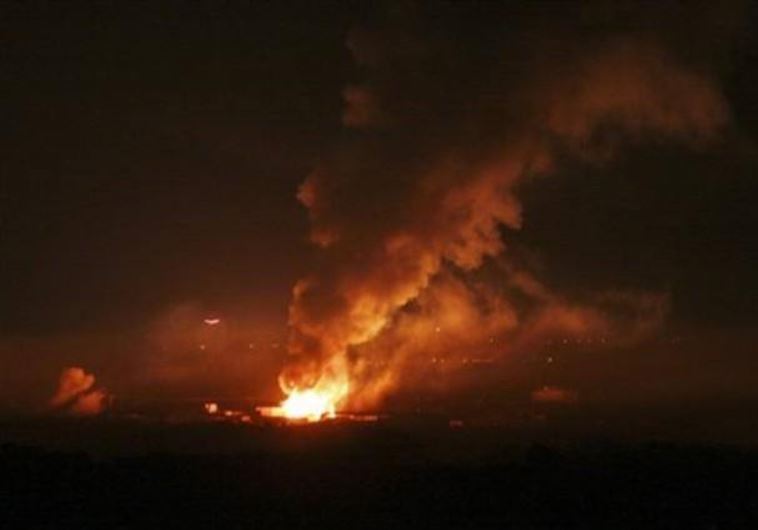'In Gaza, you can't run from house to house, Hamas has booby trapped them'
The outgoing commander of Nahal's 931 battalion tells The Jerusalem Post about preparations for future combat.
 Explosions in Gaza following IDF attack(photo credit: PALESTINIAN MEDIA)
Explosions in Gaza following IDF attack(photo credit: PALESTINIAN MEDIA)